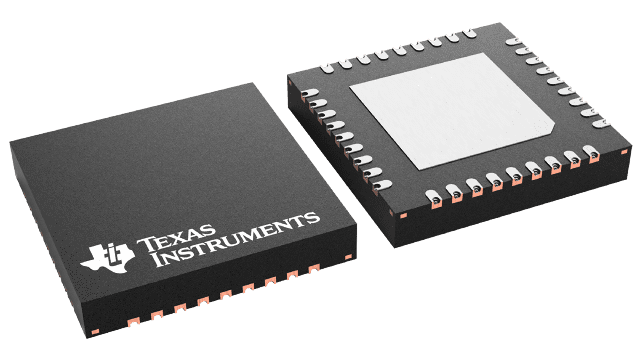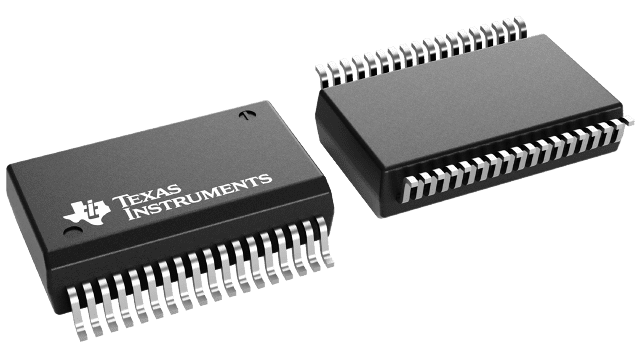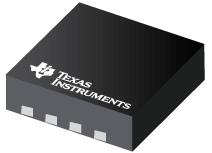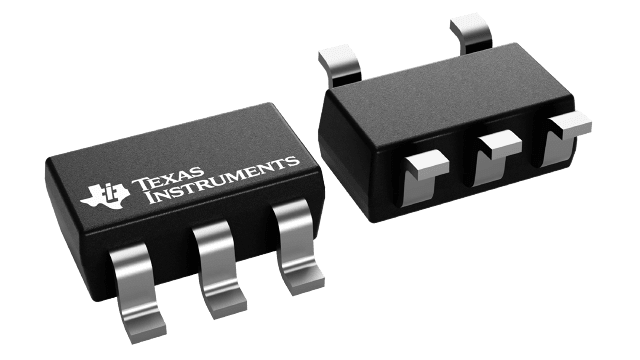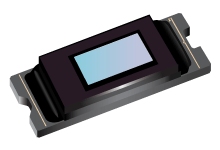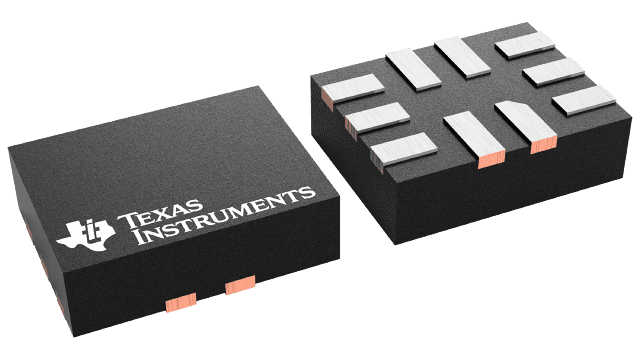How distributors can aid design engineers in IoT
Modern design techniques have evolved substantially to allow for today’s engineer to focus on their unique value add, rather than need to reinvent the wheel for every new invention. And yet it’s widely accepted that nearly 75% of Internet of Things (IoT) projects fail.
By Robbie Paul, Director, IoT business development for Digi-Key Electronics
Not because of an overly stretched design engineer or flawed design, but because of the business case, or lack thereof. With all the tools available it’s so easy in 2020 to get IoT-connected, but what is the business value?
An example of a lacking business case would be a connected toaster. You can toast your bread from your phone, but who cares? Take that example up a notch to an internet-enabled slow cooker, and things start to make more sense. You can adjust your dinner and watch the temperature while you’re at work, so everything is cooked evenly and well by the time you arrive home for dinner.
Design engineers can leverage three key trends when designing for the Internet of Things (IoT) space in order to greatly reduce time to data visualization. This is critical because it enables engineers to focus on the activities that make their design significant and valuable.
Rapid prototyping
The first trend to look at is rapid prototyping. The key here is to not over-engineer - you have to keep in mind the most viable product. In order to get there quickly, engineers should leverage resources like Digi-Key’s reference design library (RDL) and take a modular-based approach. There are already complete ecosystems created such as Arduino, Raspberry Pi or Adafruit Feather for engineers to build into. From there they can select the appropriate add-on technologies like shields, hats, feather wings, Click boards, XBee, etc., or expand via connector ecosystems like Grove or Qwiic to create an initial proof of concept.
There’s no need for every engineer to be an RF expert. Communications are simplified with modules allowing for easy implementation of everything from Bluetooth and Wi-Fi to NB-IoT and LoRa. And design engineers don’t even have to understand the differences between those technologies – there are people out there that have already done that work.
A simplified design flow minimizes the overall time to data visualization. Free tools like Digi-Key’s Scheme-It allow designers to produce professional schematic diagrams and deploy fully-completed cloud IoT solutions.
Design leverage
IoT design requires knowledge across multiple disciplines. There’s a hardware component, a software component and a cloud component, and typically the folks involved with each of these components are specialty engineers. So, if an engineer specializes in hardware, they might not be as strong at the software and cloud pieces, and vice versa. That is why it’s always a team approach in IoT - because of the multiple disciplines involved.
But that’s also part of the challenge if you’re at a small startup coming up with the next brilliant idea – you don’t necessarily have that full team of specialized engineers. Thankfully, so many online communities are sharing knowledge to further everyone’s designs today, even Amazon and Google put their code on open source and engineers just need to pull in the right APIs to make everything work. For example, if you want voice recognition with Alexa or Google Home, it’s so much easier to do. You don’t have to be an expert in voice recognition, you can just pull the right APIs and make a call to them and you seamlessly have voice recognition.
Online communities have grown forums and project repositories to share knowledge, and code repositories like GitHub bring together millions of developers to share and build better solutions. Leveraging open source communities as well as hardware design environments often help remove barriers to system design and allow for quicker implementations. By designing in a tool like the open source EDA KiCad environment, engineers are exposed to tons of resources for everything from basic design creation tutorials to a robust community support network.
Should even greater expertise be required, there are also design service providers, many of which are included in Digi-Key’s Design & Integration Services program, a network of design firms offering fee-based development, prototyping, manufacturing and systems integrations services.
Advanced deployment requirements
Beyond getting a single prototype up and running, when ready to scale to a production environment or full-fledged deployment, designers have to bring in the security elements and consider adding a cloud services layer to the mix. Most designers can get to the single prototype stage quickly, but scaling takes 10 times more bandwidth.
When getting to the scaling stage, a lot of the layers to be added require more consideration like data services, remote management and maintenance. One of the latest trends has been sending updates over the air (OTA), similar to how we receive phone updates every few months. Those types of provisioning tools are important to consider when talking about a large-scale deployment.
Designers also have to consider testing as a critical component of scaling and advanced deployment requirements, especially when you involve wireless and RF, which can be a major pain point. If possible, designers should consider trying to partner with testing agencies like CETECOM to facilitate and improve the hit rate on testing.
Of course, security is of the utmost importance. The Target data breach, for example, was done through the HVAC system and underscores the importance of security. Perhaps you’re creating a beer microbrew application where you’re testing fermentation levels and temperature and all of those other elements. If someone puts that inside a restaurant and it’s all connected to the same network, someone may try and tap through your application to get the credit card data from the main system.
These are the types of things that you need in order to ensure your environment is secure. You also need to ensure your data services and elements are very robust, and that your remote management is accessible at all times.
Combining trends for innovation
Innovation no longer just comes through the company, whether it’s a Fortune 500 manufacturer or an innovative startup. Many (smart) companies are hosting community hackathons and other idea drivers to come up with feature enhancements and other community-sourced ideas. For example, GE’s FirstBuild is where new feature enhancements like the self-filling water pitcher in new refrigerators were created - they sponsor hackathons looking at ways to expand the value proposition of GE equipment. A recent winning team used an Arduino board interfaced to a standard GE oven to create a coffee roasting machine.
At Digi-Key we have an advantage over Original Equipment Manufacturers (OEMs) because we have the breadth of product and different suppliers providing different pieces of the solution, positioning us to bring it all together in an easy-to-digest format. We filter out the noise and take a look at specific IoT design requirements. We’ve already gone ahead and categorized what we think is most critical for designers, so what you end up finding on our website is the most pertinent information across a solution, not just a specific product mindset.
Not only do we have the products, but we support the entire ecosystem. Digi-Key has many tools to help ensure the success of IoT solution designers. Our Startup Survival Guide is the perfect resource to understand how to navigate each step along the Design Roadmap from Ideation and Concept, past Prototyping and Design, all the way to Production, Marketing through to Post-Sales Support.
We also have a Design Dashboard tool that provides resources and tasks along the roadmap journey, allowing designers to track each step along the way. Another example is Scheme-It, which is the ultimate ideation tool. Finally, we offer a range of more traditional tools like the BOM Manager to help organize all your component needs.
And for folks just starting off in IoT, we’ve created a 6-part video series with Adafruit that talks about all the elements of an IoT design. For the hands-on learners, we also offer the Adafruit 4450, which is essentially a mini smart home, but also a great reference tool for IoT. If you’re looking to play around with IoT design, this kit includes complete step-by-step instructions.
In this day and age, you really don’t have to focus on re-inventing the wheel. It’s all about leveraging communities and the elements of design already created. So, what is your next world-changing innovation with IoT? I’d love to hear about it!



